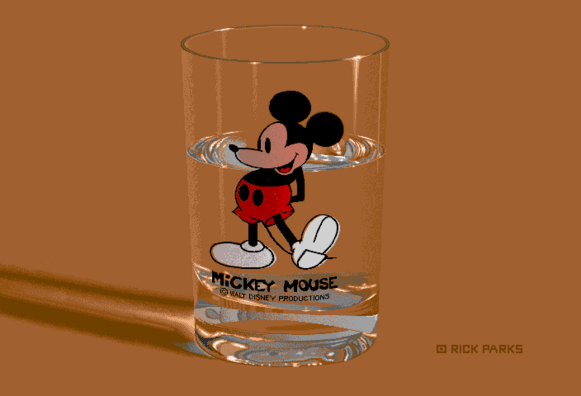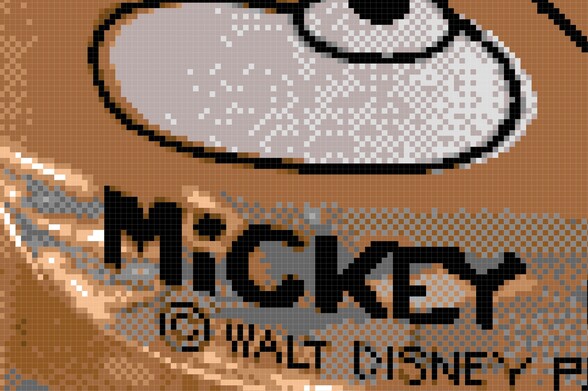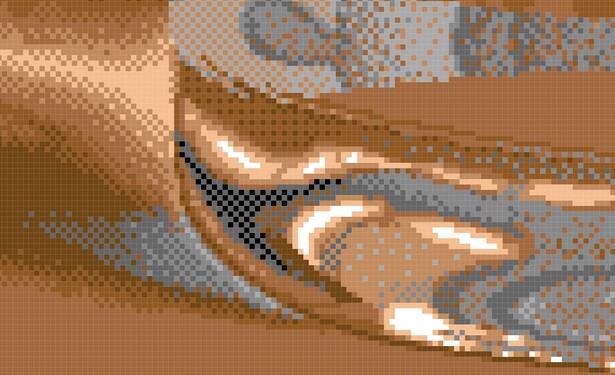Can we all just sit here and gaze upon this mastery by Rick Parks in 16 colors? No scanning, done by hand in Deluxe Paint on an Amiga. It's almost photographic in its perfection.
Rick worked at Westwood Studios and worked on Eye of the Beholder I & 2, Dune 2, Kyrandia and other classics.
Rick died in 1996. His incredible creativity lives on.




